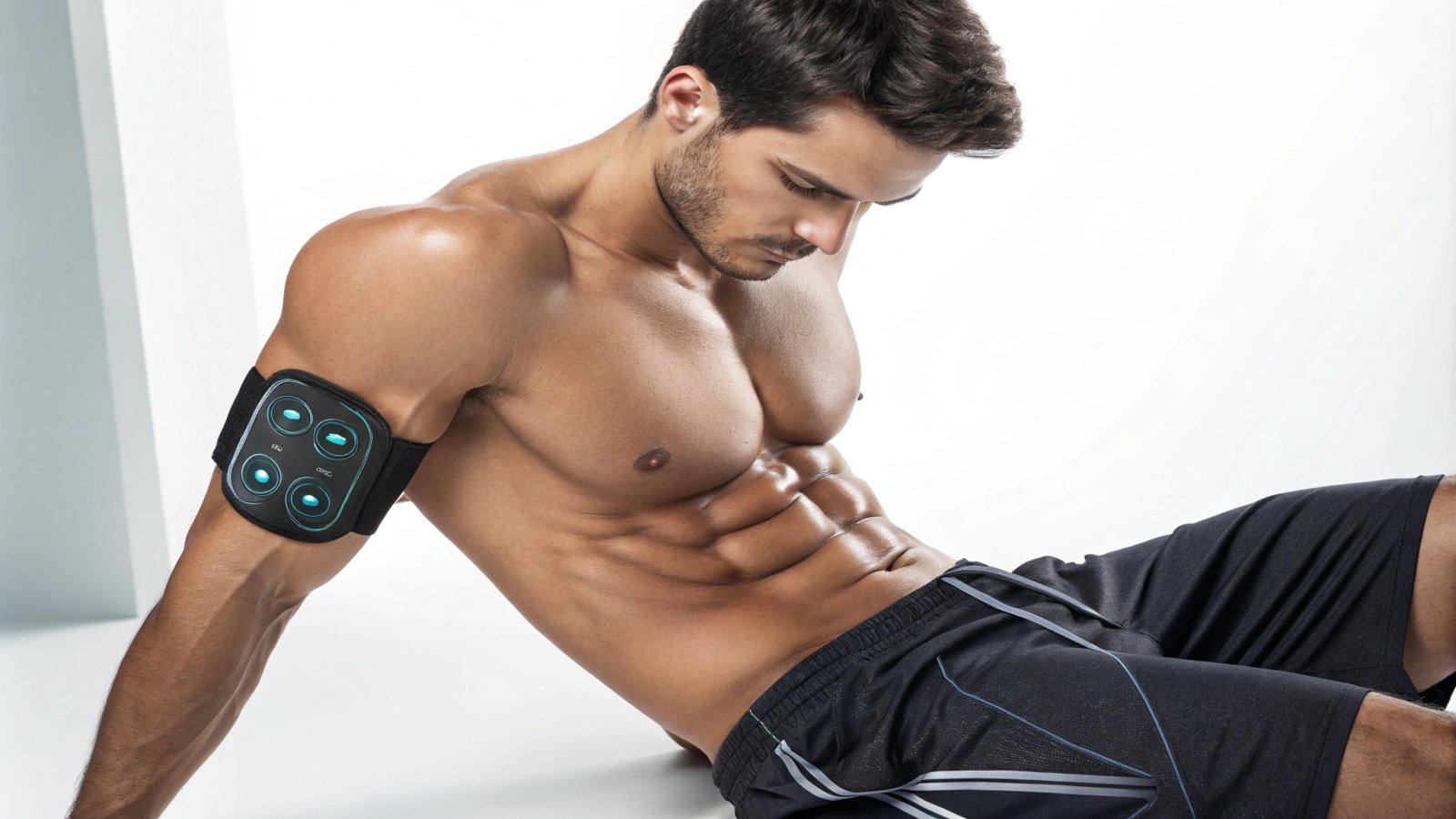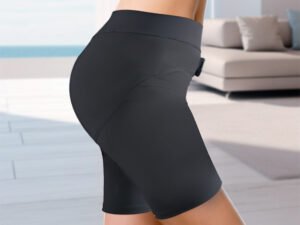Electric Muscle Stimulation (EMS) is gaining popularity, but how do you pick the best EMS machine for your needs? Let’s explore the top options and what to consider.
The best EMS machine depends on your goals, such as muscle recovery, toning, or rehabilitation. Devices like Compex or PowerDot are among the most recommended.
Choosing the right EMS device can be overwhelming. With so many brands and features, understanding your specific needs will simplify the decision process.
What is the best EMS device?
There are countless EMS machines on the market. Some are for athletes; others are for physical therapy or general fitness enthusiasts.
The best EMS device for most users is Compex, known for its versatility, durability, and user-friendly design.

How to choose the right EMS device for you?
It’s important to first identify why you need an EMS device. Are you recovering from an injury? Or are you trying to enhance your workout performance?
| Feature | Why It Matters |
|---|---|
| Program variety | Customizes for recovery or fitness |
| Intensity levels | Adjusts to personal comfort |
| Portability | Useful for busy, mobile lifestyles |
| Price range | Balances affordability and quality |
Compex, PowerDot, and Marc Pro are three highly rated EMS brands. Compex focuses on athletic use with multiple modes for strength, recovery, and endurance. PowerDot offers app-controlled convenience, and Marc Pro emphasizes muscle recovery.
What about budget-friendly options?
Not everyone needs a premium device. Budget-friendly EMS machines like the AUVON TENS & EMS Combo provide solid functionality without extra features. Keep in mind that lower-cost devices might lack customization.
Can EMS replace gym workouts?
People often wonder if they can skip gym sessions entirely by using EMS machines. But is it really a substitute for traditional workouts?
No, EMS cannot replace gym workouts. It complements physical activity by enhancing muscle activation but lacks the cardiovascular benefits.
EMS works by stimulating muscle fibers. However, it doesn't engage the entire body or improve heart health, which are crucial parts of gym routines.
Why EMS is better as a complement, not a substitute
EMS machines excel at targeting specific muscles and improving recovery. If you want toned muscles without the heavy lifting, EMS can help. However, it doesn’t address aerobic fitness, coordination, or functional strength.
| EMS Advantages | Gym Advantages |
|---|---|
| Boosts targeted muscles | Builds overall strength |
| Aids muscle recovery | Improves cardiovascular fitness |
| Convenient and portable | Offers diverse workouts |
EMS works best when combined with a regular fitness routine. You’ll see improved muscle performance when using EMS post-workout or during rest days.
Can I do EMS and gym together?
The combination of EMS and traditional exercise might sound like the best of both worlds. But how do they complement each other?
Yes, EMS and gym workouts can be done together for enhanced results, especially when used strategically.
Using EMS before a gym session can activate muscles, while applying it post-workout helps recovery. Together, they maximize the benefits of both methods.

How to combine EMS and gym effectively
The key to using EMS with gym workouts lies in timing and purpose. Here’s a guide to integrate them seamlessly:
- Pre-workout activation: Use EMS to stimulate hard-to-activate muscles, such as the glutes or hamstrings.
- Post-workout recovery: Choose recovery modes on your EMS device to reduce soreness.
- Off days: Use EMS on rest days to maintain blood flow and prevent stiffness.
Example routines:
- Leg Day: Use EMS before squats to activate your quadriceps. Follow with EMS recovery after stretching.
- Core Workouts: Apply EMS during planks for added intensity.
Do at-home EMS machines work?
At-home EMS devices are widely available and promise professional results. But do they really work outside clinical or gym settings?
Yes, at-home EMS machines work, but results depend on the quality of the device and consistency of use.
Modern EMS devices designed for home use are increasingly effective, offering features like smartphone apps and customizable programs.
What to expect from at-home EMS machines
At-home devices are user-friendly but require consistent use to see benefits. Here are some common applications:
- Muscle recovery: Reduces soreness after intense exercise.
- Toning: Helps define specific muscle groups.
- Rehabilitation: Eases muscle pain and promotes healing.
Pros and cons of at-home EMS machines:
| Pros | Cons |
|---|---|
| Convenient and portable | Limited power compared to clinical devices |
| Cost-effective | Requires user knowledge to operate effectively |
| Customizable programs available | Results vary by individual |
Always follow the manufacturer’s guidelines. Misuse of EMS devices, such as over-stimulation, can cause discomfort or even minor injury.
What is the downside of EMS?
While EMS machines offer many benefits, they’re not without drawbacks. What are the potential risks or disadvantages?
The downside of EMS includes skin irritation, overuse injuries, and limited effectiveness without proper exercise.
EMS is safe for most people, but improper use can lead to problems. Understanding these limitations helps users avoid issues.

Common downsides of EMS
- Skin irritation: Prolonged use can cause redness or soreness.
- Overuse injuries: High-intensity settings may strain muscles.
- Not a standalone solution: EMS complements exercise but isn’t a miracle tool.
Who should avoid EMS?
Certain people should consult a doctor before using EMS. This includes individuals with pacemakers, pregnancy, or epilepsy. Always review the safety instructions included with your device.
Conclusion
EMS machines are powerful tools for muscle recovery and activation but work best as part of a broader fitness strategy. Whether at home or paired with gym workouts, choosing the right device ensures safe and effective results.





